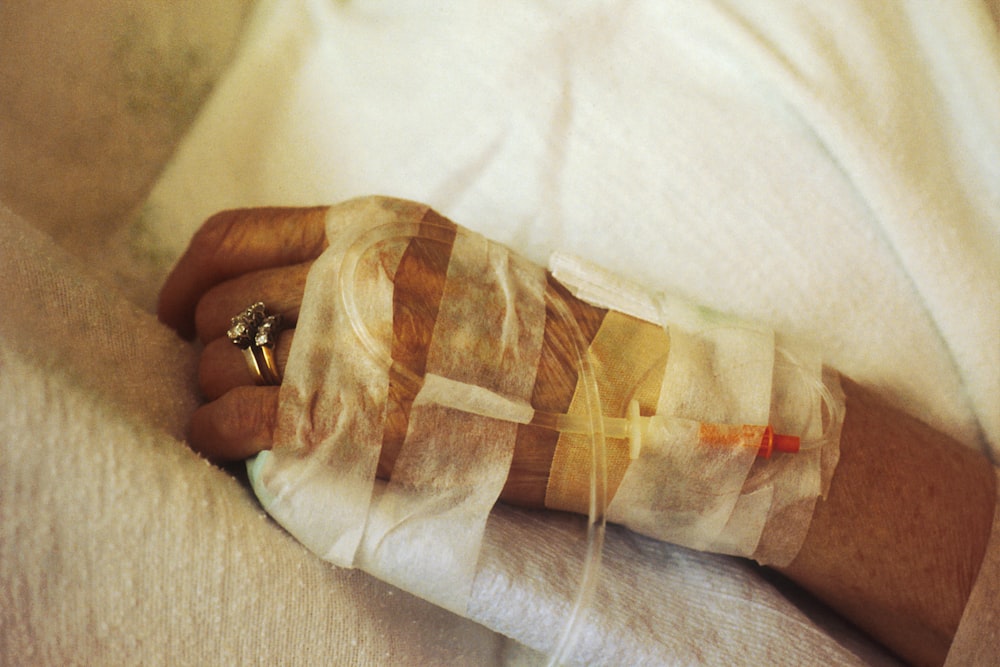
Part of the importance of Breast Cancer Awareness Month is educating people on the causes of breast cancer as well as breast cancer signs and symptoms.
Although breast cancer can be found in both men and women, it is significantly more common in women. As one of the most common malignancies among women, breast cancer affected more than 2.3 million women worldwide in 2020.
With the continuous rise in breast cancer cases each year, getting educated about breast cancer can help you be more aware of all the breast cancer signs, symptoms, causes, types and treatment options.
Becoming better informed can help you take necessary precautions to reduce your risk of breast cancer or increase your chances of successful breast cancer treatment.
Breast Cancer Awareness Month helps spread important knowledge because discovering breast cancer in its earliest stage gives you the best chance at survival. Breast cancer has a very high survival rate compared to many other cancers, and this is especially true if you find it early.
Types of Breast Cancer
There are many types of breast cancer, including:
- Ductal carcinoma in situ
- Invasive ductal carcinoma
- Lobular carcinoma in situ
- Invasive lobular carcinoma
- Angiosarcoma
- Inflammatory breast cancer
- Male breast cancer
- Paget’s disease of the breast
- Recurrent breast cancer

What are the Common Causes of Breast Cancer?
Breast cancer occurs when there is abnormal growth in breast cells. If they divide and accumulate faster than healthy cells, a lump or mass can form in the breast. Lumps can be a sign of breast cancer and can be discovered when you do your routine self-exam, which you should do often.
Only 5 – 10% of breast cancer cases are caused by inherited genes, while the majority of the cases occur independently.
Curious about what can cause breast cancer? Below are some common risk factors to be aware of. If you have any of these factors, it does not mean you will definitely get breast cancer. This just means you have an increased risk of developing breast cancer. All women should take precautions, do frequent breast checks or self-exams, and lead a healthy lifestyle.
Common risk factors that can cause breast cancer include
- Being female (women have a significantly higher chance of getting breast cancer than men)
- Ageing
- Drinking alcohol
- Obesity
- Early onset of menstruation
- Late onset of menopause
- Postmenopausal hormone therapy
- Having your first child after age 30
- Never getting pregnant
- Family history of breast cancer
- Exposure to radiation
Breast Cancer Signs and Symptoms
There are many possible signs and symptoms of breast cancer, such as:
- If you find an abnormal lump or thickening in your breast
- You notice a change in breast size, shape, or appearance
- Change in the breast skin (e.g. dimpling of the skin)
- If you have a recently inverted nipple
- You’re experiencing skin peeling, scaling, crusting, or flaking around the nipple or breast
- You encounter skin redness or pitting on your breast (i.e. looks like an orange peel)
Many women experience breast cancer scares when checking their breasts, so you should not panic if you find any of these symptoms. For example, finding a lump doesn’t necessarily mean you have breast cancer. You may find breast cancer signs that end up being a false alarm.
If you notice any of these symptoms, make an appointment with your doctor to find out more.
Treatment for Breast Cancer
Breast cancer treatment depends on the stage of breast cancer, the type of cancer cells, and the age and health of the patient.
For example, stage 1 breast cancer may only require surgery, while stage 3 breast cancer may require surgery, radiation therapy, and chemotherapy.
Below are the most common treatment options for breast cancer:
Surgery
If surgery is an option for you, this means the tumour and surrounding margins will be removed. You may undergo a lumpectomy to remove a small section of the breast, or a mastectomy to remove a larger section or the entire breast.
You may also have to undergo surgery for lymph node removal if the cancer cells have spread.
Radiation Therapy
Radiation therapy, also known as radiotherapy, kills cancer cells using high-energy rays. This affects the cells in the areas that are treated with radiation.

Chemotherapy
Chemotherapy is a treatment method typically used to treat severe or late stage cancer, because it is a systemic therapy that sends a combination of drugs through your bloodstream to your entire body.
Although this means the drugs can destroy cancer cells or slow down the cancer growth, it can also cause negative side effects such as reduced red blood cells, reduced white blood cells, hair loss, and a tingling or numb sensation in hands and feet. Some chemotherapy patients have also suffered from a weakened heart and damaged ovaries.
Other side effects of chemotherapy include physical side effects such as fatigue, soreness, weakness, and general discomfort.
Hormone Therapy
Estrogen and progesterone are naturally produced hormones that regulate body cycles. When their levels are abnormal, however, it can cause cancer to grow. Hormone therapy uses drugs to block or inhibit certain hormones in order to kill the cancer cells.
Targeted Therapy
Targeted therapy is a newer form of breast cancer treatment that attacks the cancer cells without attacking the normal cells. This treatment can be used alongside chemotherapy, but usually has fewer side effects than chemo drugs.
Survival Rates of Breast Cancer
According to the World Health Organization, the average five-year survival rate for breast cancer varies depending on the country. In high-income countries, the survival rate is over 90%. In lower-income countries like India and South Africa, it is 66% and 40% respectively.
The Bottom Line
Although breast cancer has high survival rates, good recovery rates and various types of treatments available, prevention is still better than a cure. This is true when it comes to most things, especially life-threatening diseases.
You can take preventative action such as doing regular breast self-examinations and going for mammograms.
Below are some general guidelines for breast screening for women without symptoms and high risk of breast cancer:
- Age 39 and below: Do breast self-examinations monthly
- Age 40 to 50: Do breast self-examinations monthly and ask your doctor if you need to go for a mammography annually
- Age 50 to 60: Do breast self-examinations monthly and mammography screening once every two years
You can also take a CircleDNA test to get over 500 health reports including 36 reports on cancer risk to find your cancer risk.
Remember that finding breast cancer in its earliest stage gives you the best chance at staying healthy and cancer-free.







This Post Has 2 Comments
Comments are closed.